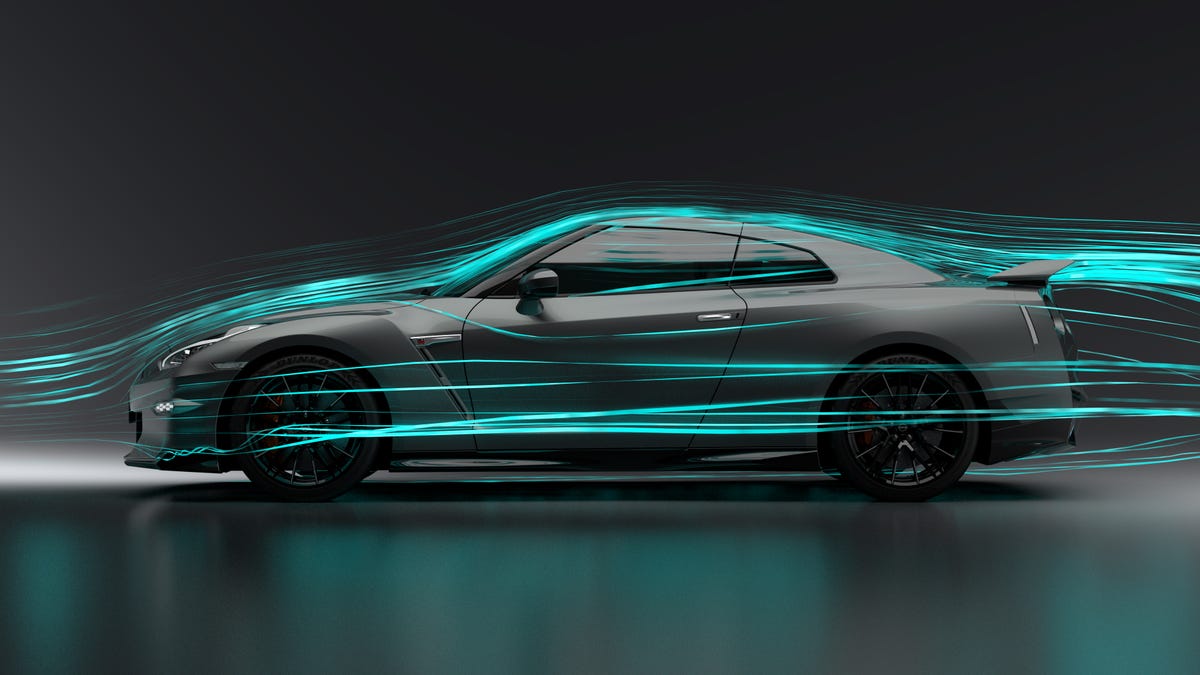Back in 2008, the Nissan GT-R was a paradigm shift for supercars. Here was a Nissan — an attainable Nissan — that made Ferraris and Porsches look like chumps. Now, 16 years later, the GT-R is far pricier and mildly faster in a world that’s caught up to its speed and tech. Yet, perhaps due to that early reputation, it seems the car is still selling.
The Drive took a look at Nissan’s first-quarter sales numbers, and found that the GT-R moved one unit per day on average. Here, in a post-Hellcat world, someone still purchases a GT-R every 24 hours:
The GT-R’s pace in 2024 was clocked in Nissan’s first-quarter sales summary, released Tuesday. At the end of Q1, Nissan had notched 77 GT-R sales in 77 “selling days”—that’s approximately 22 to 23 cars per month, and barely half the paltry 143 Nissan sold in Q1 last year. It’s familiar territory for the GT-R, which first visited this low-water mark in October 2017 when just 21 cars sold. Since then, the GT-R has never beaten 90 sales in a month, with that figure being reached all the way back in 2018. It has occasionally dipped under, but Nissan still consistently sells a few dozen.
Despite the GT-R’s longevity, those sales don’t stack up against the competition. The cheaper and slower Supra — a popular comparison to Google — sold 484 units in the first quarter of 2024, while the Corvette moved 8,576 units. Information isn’t yet out for more price-matched competitors over the past quarter, but last year Porsche sold 2,510 911s in Q1.
The GT-R may be old and getting tired, but it’s not out of the race yet. There are still fans looking to get their hands on Godzilla, and they’re now willing to pay over $120,000 for the privilege. Nissan recently revealed the 2025 model year GT-R in Japan, which is likely to come to the U.S., but it might be the R35’s final year. Still, until the R36 comes, the GT-R isn’t likely to be breaking any sales records.

